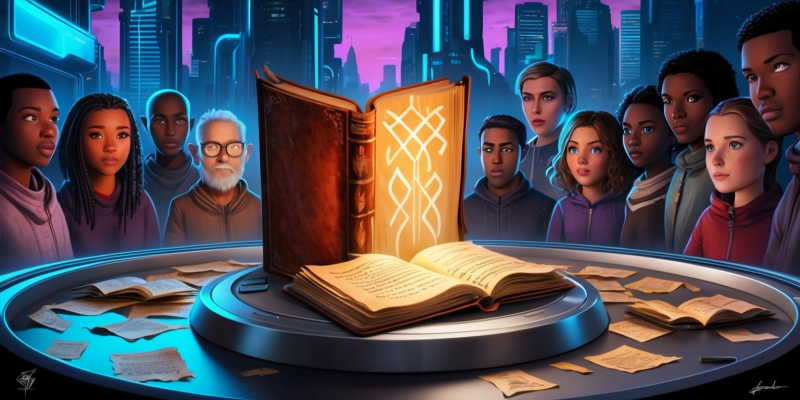Navigating the Risks and Opportunities of AI-Generated Receipts

The rapid advancement of artificial intelligence has brought with it a myriad of tools that can assist in creative endeavors and practical applications. Among these advancements is an AI image generator from ChatGPT's latest model, which has garnered attention for its capability to produce detailed text within images. While this innovation opens doors to creative projects and educational uses, it also uncovers potential risks, such as the ability to fabricate highly realistic receipts. These simulated documents can be leveraged maliciously, highlighting the dual-edged nature of AI technologies.
With ChatGPT's new image generation capabilities, creating on-demand visuals with embedded text has never been easier. Users can now produce highly detailed images, such as restaurant receipts, that look remarkably authentic. This technology can be beneficial in various positive contexts, like teaching financial skills or developing original advertisements. However, concerns arise when considering how easily these tools can be misused. For instance, creating counterfeit receipts poses a significant threat to businesses and individuals, giving way to possible fraudulent reimbursement claims for non-existent expenses. Although AI often makes elementary mistakes, such as incorrect arithmetic or formatting errors, these can often be rectified swiftly through manual edits, escalating the tool's potential misuse.
One notable instance of this emerging issue was demonstrated by a venture capitalist, Deedy Das, who showcased a fabricated receipt from a recognizable San Francisco steakhouse using the 4o model. Despite some obvious inaccuracies—such as incorrect punctuation and calculation errors—the example underscored the potential of these tools when refined. This incident alone serves as a demonstration of how easy it is becoming to produce documents that, at a glance, pass as genuine articles.
In response, OpenAI has addressed these concerns by inserting metadata in all images to identify them as AI-generated. They have reassured the public and stakeholders that they respond to policy breaches and are committed to learning from how these technologies are used in real-world scenarios. However, challenges remain, such as the identification and prevention of misuse before it occurs rather than merely reacting to violations after the fact.
The progression in AI image generation presents a fascinating juxtaposition of opportunity and risk. While tools like ChatGPT's image generator may enable educational growth and artistic expression, they also present a lurking dilemma by potentially facilitating deceitful practices. The responsibility now lies not only with developers and policymakers to create robust systems to detect and mitigate potential fraud but also with users who must be guided by ethical standards. Navigating this landscape requires a careful balance between leveraging these innovations for positive applications and safeguarding against their misuse, ensuring technology advancement acts ultimately as a force for good.
Most Popular
-
![]() Top Apps
Project Egoist: Where Anime Style Sparks Tactical Football Fire
Roblox: Project Egoist stands as a vivid testament to the creativity and technical ingenuity of its...
Read more
Top Apps
Project Egoist: Where Anime Style Sparks Tactical Football Fire
Roblox: Project Egoist stands as a vivid testament to the creativity and technical ingenuity of its...
Read more
-
![]() News
Retold Legends: Navigating Nostalgia in a New Sci-Fi Adaptation
The recent buzz surrounding the upcoming science fiction adaptation has stirred up excitement and co...
Read more
News
Retold Legends: Navigating Nostalgia in a New Sci-Fi Adaptation
The recent buzz surrounding the upcoming science fiction adaptation has stirred up excitement and co...
Read more
-
![]() News
Metroid Prime 4: Beyond Emerges on London Billboards, Igniting Fans' Release Date Speculation
This development has sparked conversation among fans as word circulates about a high-profile project...
Read more
News
Metroid Prime 4: Beyond Emerges on London Billboards, Igniting Fans' Release Date Speculation
This development has sparked conversation among fans as word circulates about a high-profile project...
Read more


